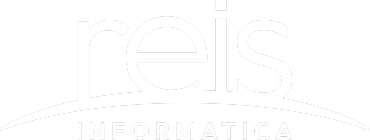With IT departments working to replace outdated technology and cyberattacks on the rise, businesses have no choice but to increase their technology spend. This is an ideal time to make sure you’re not repeating past mistakes.
Scale Computing helps us identify IT bad habits. Do any of the below bad habits sound familiar to you?
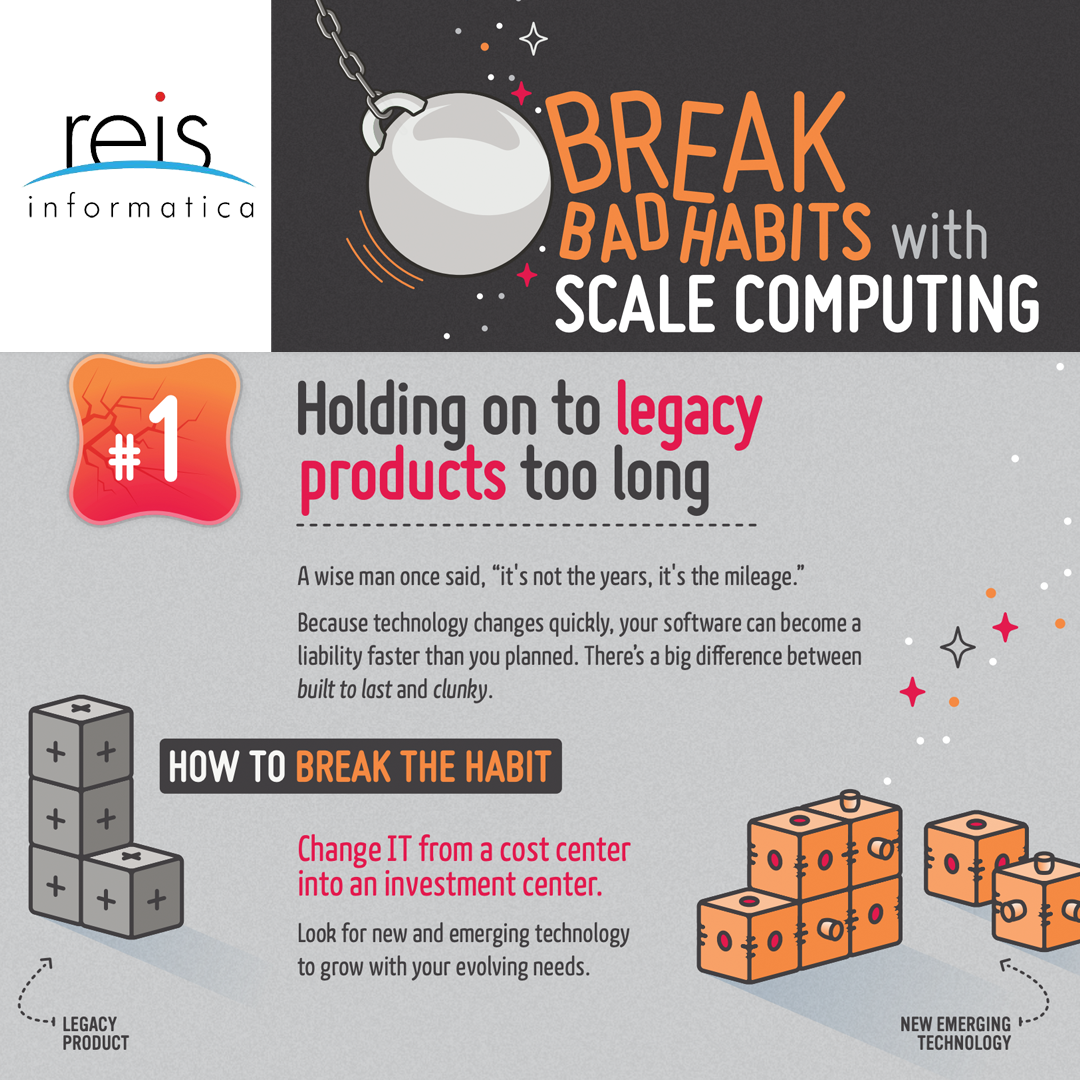
1. Holding on to legacy products too long.
A wise man once said, “it’s not the years, it’s the mileage.” Because technology changes quickly, your software can become a liability faster than you planned. There’s a big difference between built to last and clunky.
HOW TO BREAK THE HABIT:
Change IT from a cost center into an investment center. Look for new and emerging technology to grow with your evolving needs.
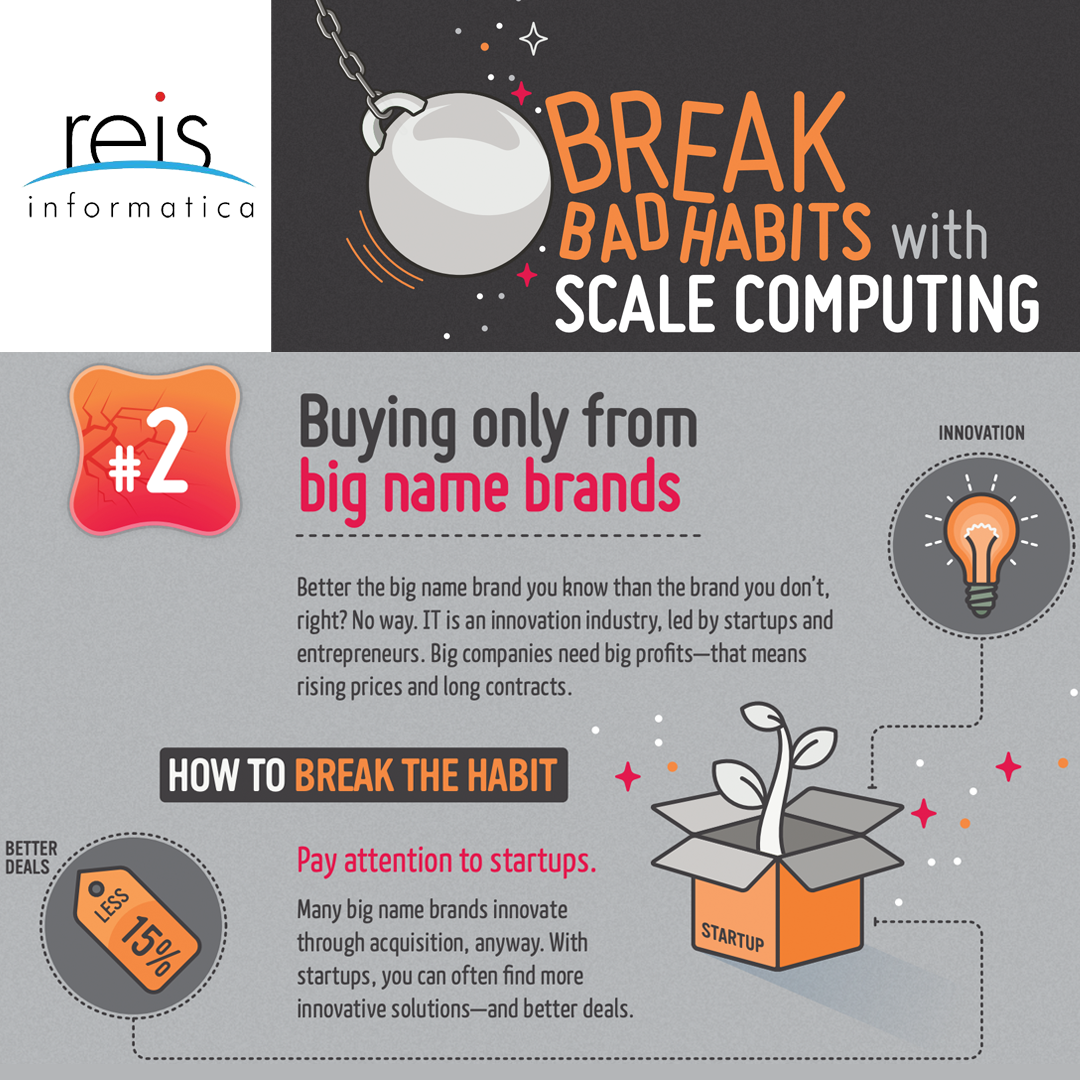
2. Buying only from big-name brands
Better the big name brand you know than the brand you don’t, right? No way. IT is an innovation industry, led by startups and entrepreneurs. Big companies need big profits—that means rising prices and long contracts.
HOW TO BREAK THE HABIT:
Pay attention to startups. Many big-name brands innovate through acquisition, anyway. With startups, you can often and more innovative solutions—and better deals.
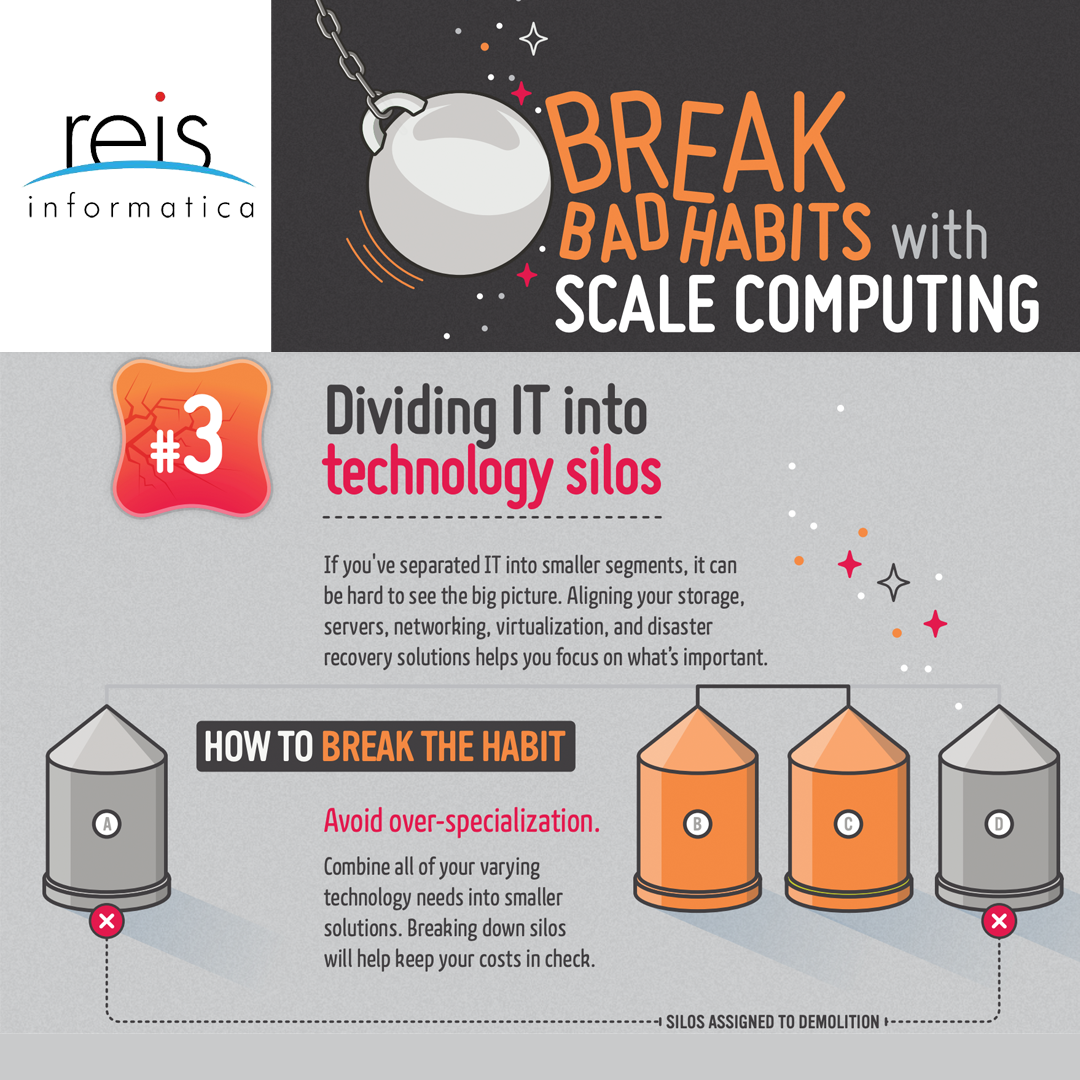
3. Dividing IT into technology silos
If you’ve separated IT into smaller segments, it can be hard to see the big picture. Aligning your storage, servers, networking, virtualization, and disaster recovery solutions helps you focus on what’s important.
HOW TO BREAK THE HABIT:
Avoid over-specialization. Combine all of your varying technology needs into smaller solutions. Breaking down silos will help keep your costs in check.
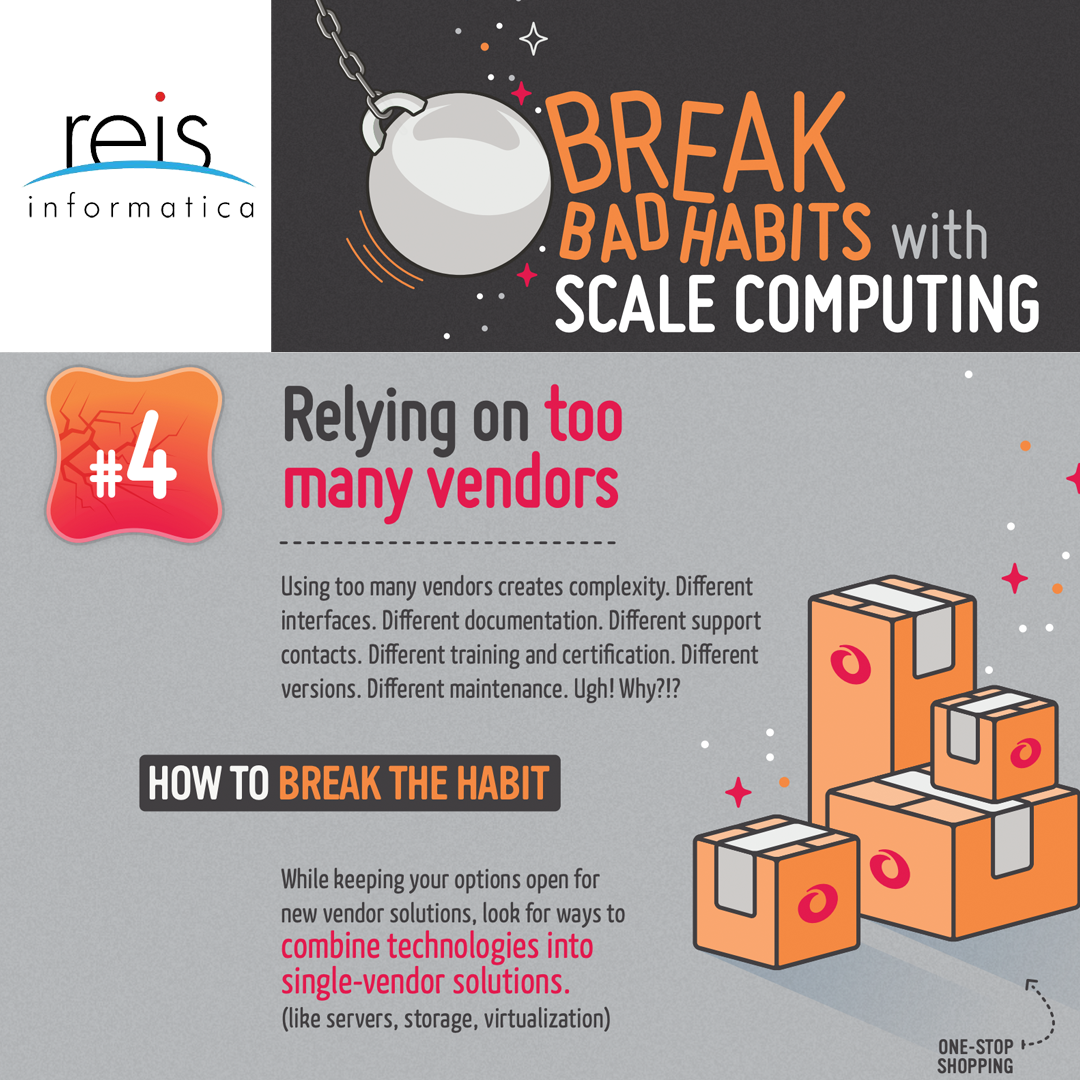
4. Relying on too many vendors
Using too many vendors creates complexity. Different interfaces. Different documentation. Different support contacts. Different training and certification. Different versions. Different maintenance. Ugh! Why?!?
HOW TO BREAK THE HABIT:
While keeping your options open for new vendor solutions, look for ways to combine technologies into single-vendor solutions. (like servers, storage, virtualization).
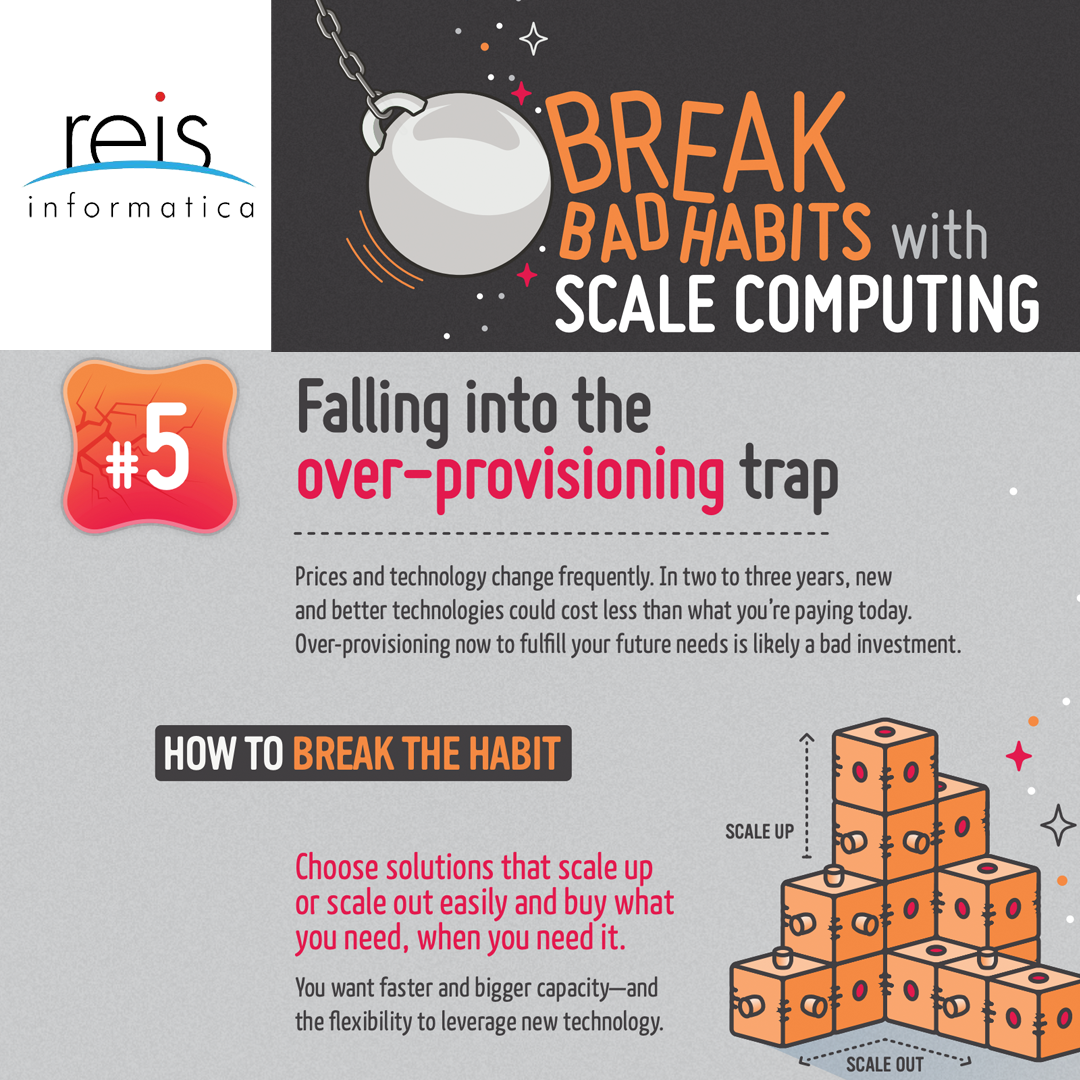
5. Falling into the over-provisioning trap
Prices and technology change frequently. In two to three years, new and better technologies could cost less than what you’re paying today. Over-provisioning now to fulfill your future needs is likely a bad investment.
HOW TO BREAK THE HABIT:
Choose solutions that scale up or scale out easily and buy what you need, when you need it. You want faster and bigger capacity—and the flexibility to leverage new technology.

